The last vanguards of traditional boat building in Shaoxing
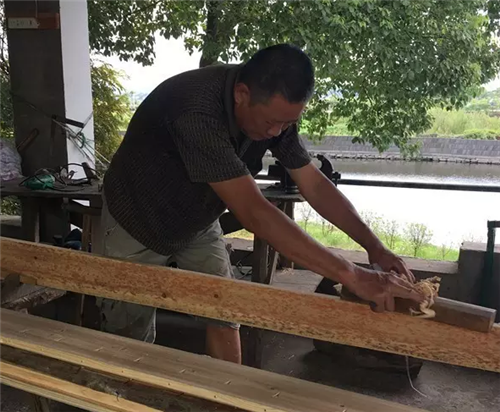
Yu Yimu, one of the few people in Zhejiang province that knows how to construct wooden boats by hand, uses a plane to reduce the thickness of a piece of wood. [Photo/zj.zjol.com.cn]
For centuries, wooden boats have been a symbol of power and industry in Shaoxing, a city in East China's Zhejiang province known for its abundance of waterways.
Modern fishing and societal changes have caused the vessels to all but vanish. Rarer than the boats themselves are the few shipwrights in the area committed to keeping afloat the dying craft of traditional boat building; Yu Yimu from Zhuji is one of them.
"Most of the dexterous folk artisans have passed away and the traditional way of making wooden boats is on the verge of extinction, which makes me very sad," said the 63-year-old Yu, who started learning the craft from his father when he was 12.
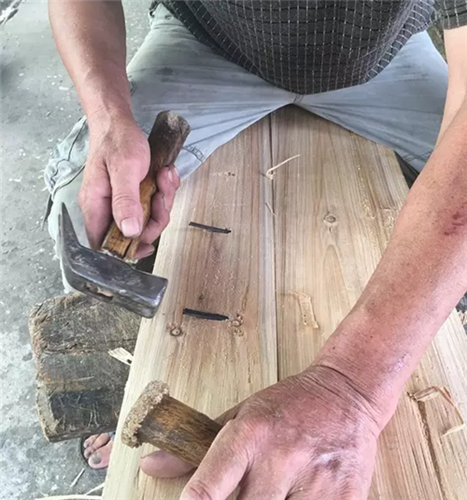
Yu Yimu uses a hammer, chisel and special nails to join two pieces of wood together at his workshop in Zhuji, Shaoxing, Zhejiang province. [Photo/zj.zjol.com.cn]
With access to Puyang River and several large lakes such as Cangxiang Lake and Lianqi Lake, it is no wonder why boats have been the transportation mode of choice from the dawn of China.
According to historical data, wooden boat building in the area can be traced back to the Spring and Autumn Period (770-476 BC) when Hangwushan, a place north of the city, was the main venue for constructing war boats. It also served as a military base for more than 50,000 soldiers of the Yue Kingdom.
However, like in many other parts of China, the craft has fallen out of favor and on hard times since the mid-20th century, as modern, metal boats crept into popularity. The shrinking of the fishing industry and the introduction of new materials such as fiberglass has also driven the decline of demand for wooden boats from their recent height in the 1930's.
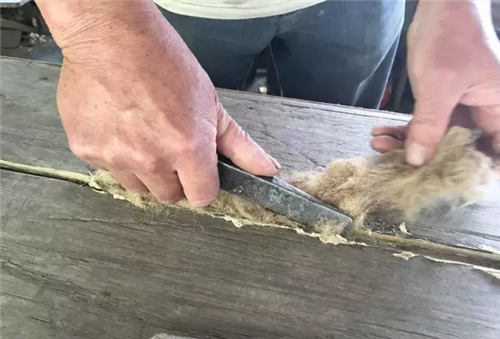
He uses putty and fibers to fill any cracks in the wood to prevent the boat from leaking. [Photo/zj.zjol.com.cn]
In spite of this, Yu has spent all of his working life keeping the craft ticking over. It is now a race against time to record the building techniques and find an apprentice before the traditional skills are lost to history.
Yu is actively seeking a young apprentice, but finding someone who has a keen interest in the profession is not an easy task. "Making boats is a tough job and few young people would like to get engaged in this occupation nowadays," said Yu.
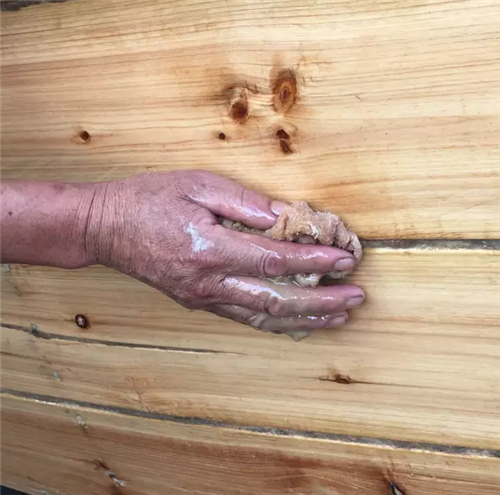
Yu applies oil on the hull to make the boat more durable. [Photo/zj.zjol.com.cn]
And with nearly a dozen procedures involved in the building of a wooden boat, it's certainly not a walk in the park. Yu must first choose the correct type of wood and make sure it follows a certain grain pattern (a process known in Chinese as "pinban"), then he forms the planks, fills the cracks with putty and fibers and applies oil on the hull.
"The boats made by me are durable and it normally takes me 10 days to finish a 6-meter-long boat," said Yu, who has received great acclaim for boats built or repaired by him.
When the oil is dry, a series of rituals are always performed before the boat is put into the water. This includes decorating the boat with flowers, carving the Chinese character for good fortune (fu) and dragon eyes on its board, burning incense and lighting candles.
The fate of traditional wooden boat building in Shaoxing is unclear, but for now at least, it is in good hands.
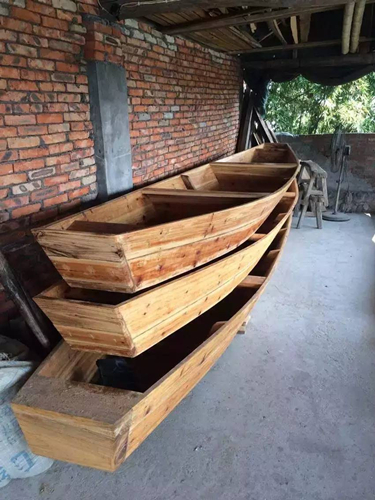
Boats made by Yu, such as these, have received great acclaim from customers. [Photo/zj.zjol.com.cn]

 Print
Print Mail
Mail
 20 Cultural Symbols
20 Cultural Symbols Why Zhejiang
Why Zhejiang Experiencing high-tech products at WIC
Experiencing high-tech products at WIC Zhejiang Release
Zhejiang Release Zhejiang News
Zhejiang News